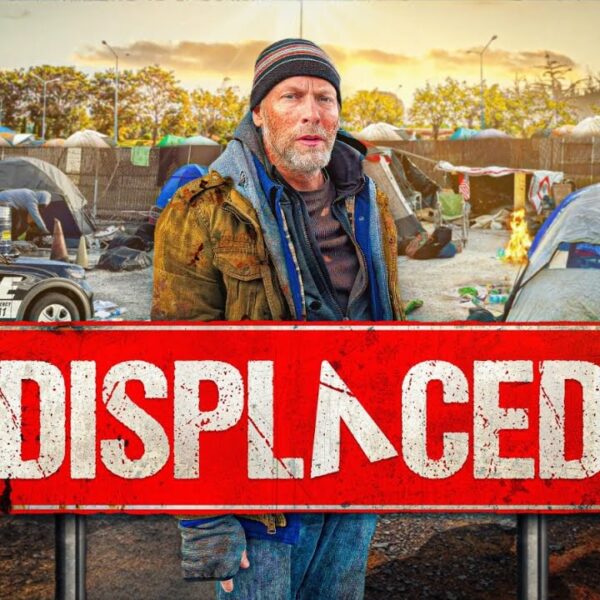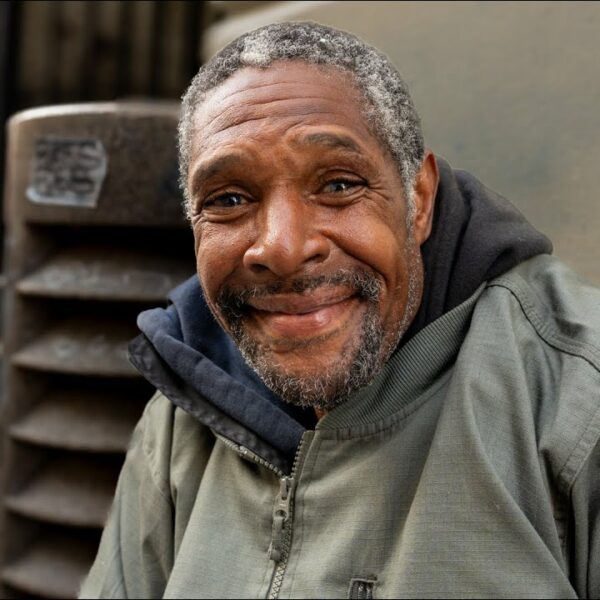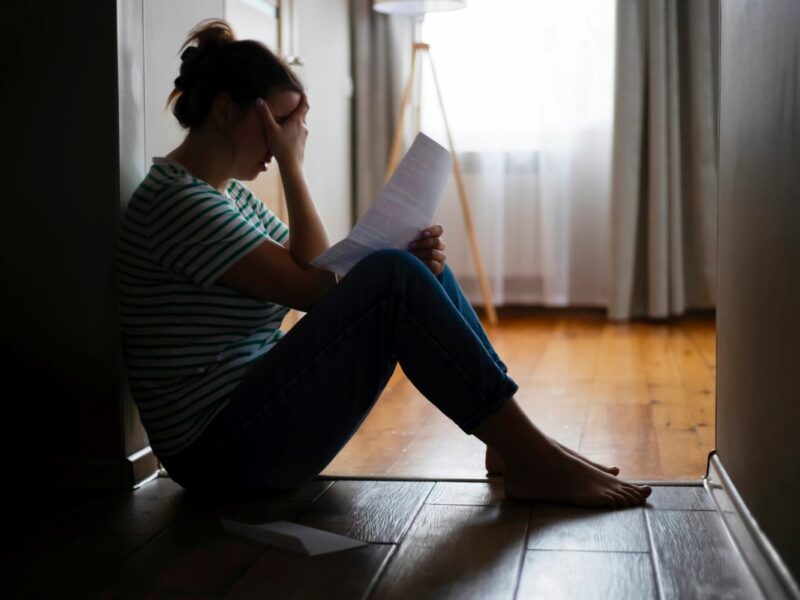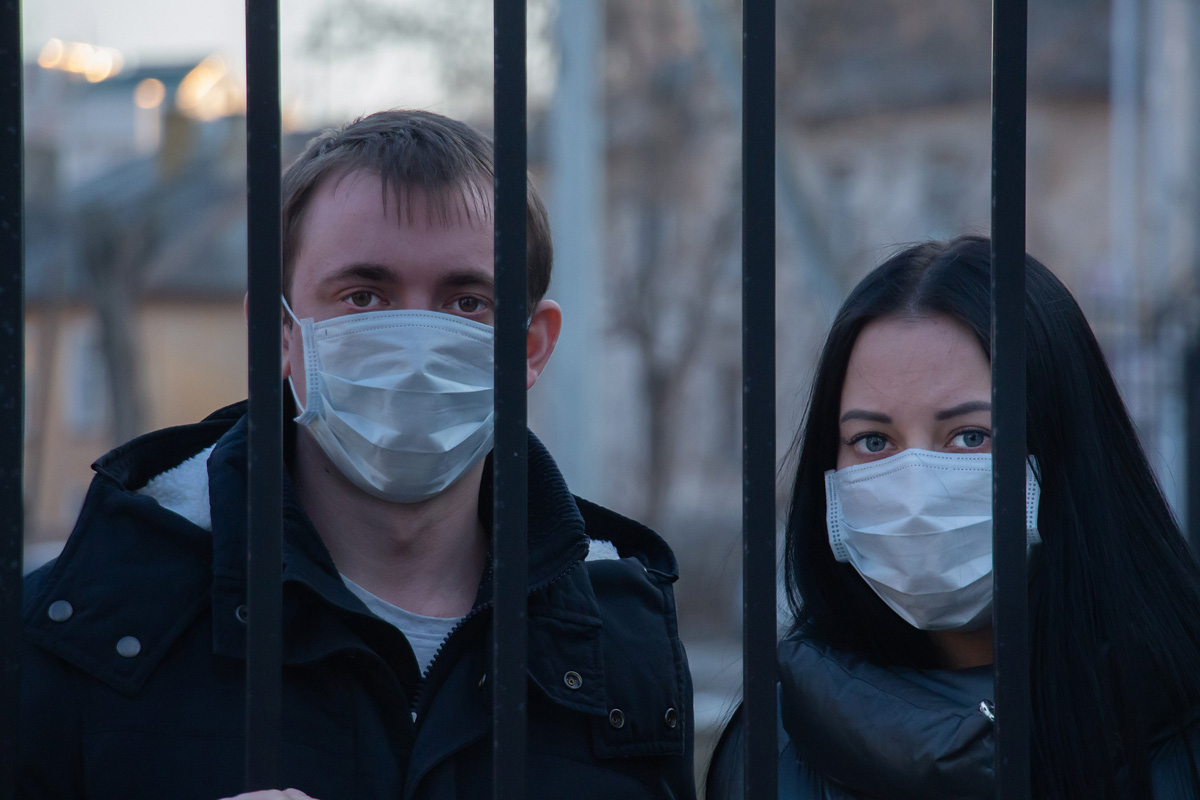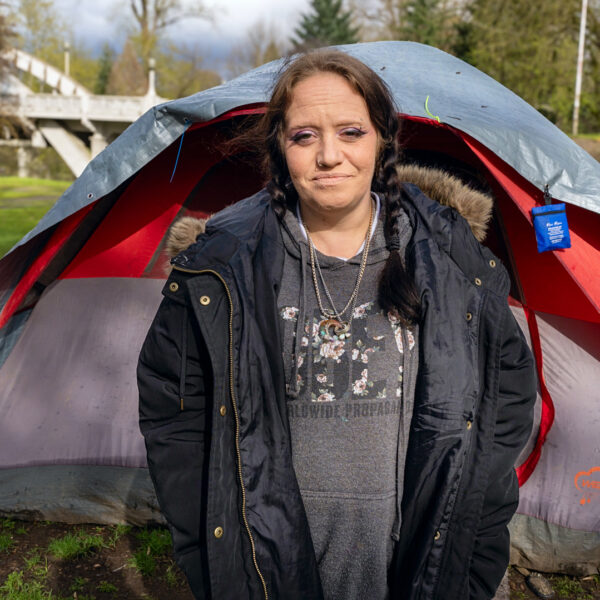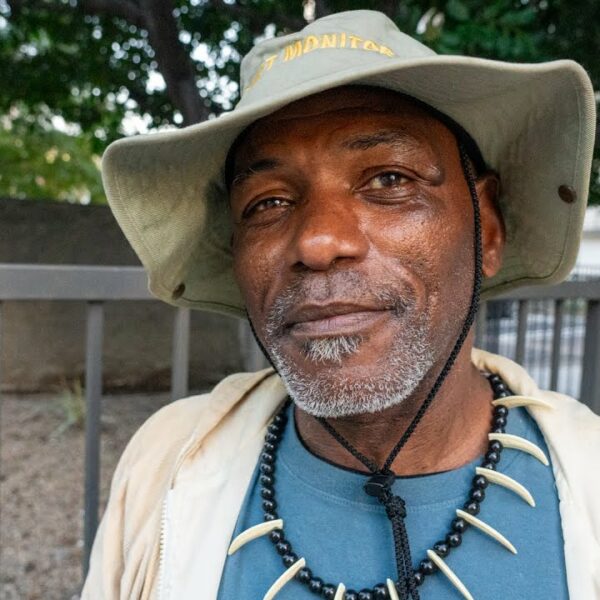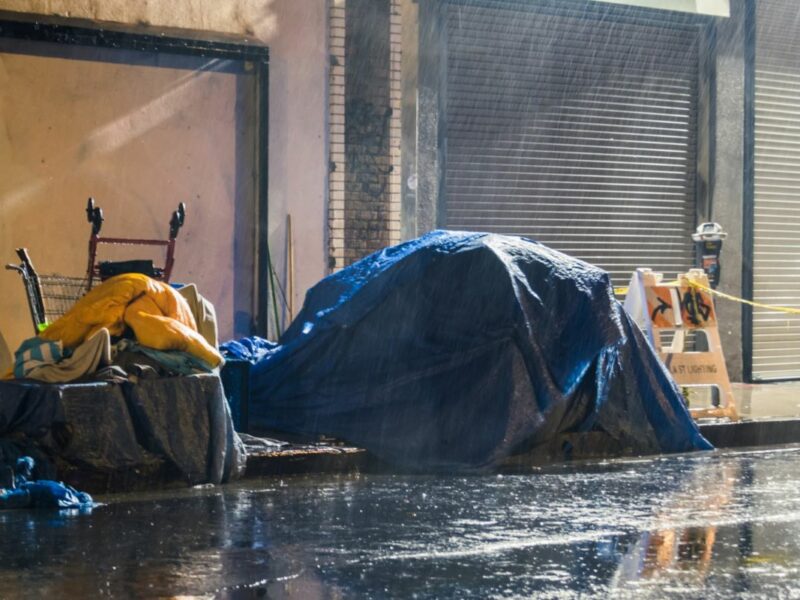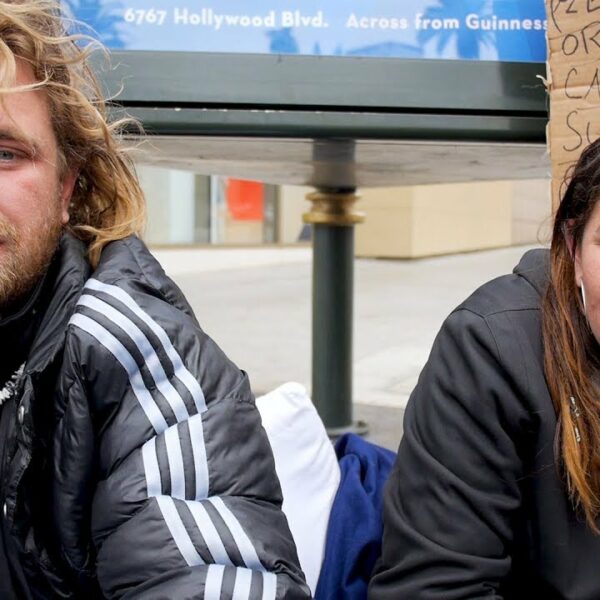We recently explored the complicated world of smartphone ownership within the homeless community. Throughout that three-part series, we detailed the many reasons why smartphones are the smarter way to fight homelessness. In brief, by leveraging smartphone technology, we could instantly boost the nonprofit housing sector, making it easier for people struggling through homelessness to connect with:
- Social workers
- Healthcare workers
- Counselors
- Employers
- Friends
- Family members
- Each other
All of this is true in the broader context of our modern secular society. However, in the era of COVID-19, it is even more necessary for this type of technology to be made accessible. Here’s a look at how having access to smartphones and the internet might have impacted the homeless community and henceforth the entire nation during the novel Coronavirus pandemic.
The Spread of the Virus Might Have Slowed Considerably due to More Awareness
If you are currently housed, chances are you heard about COVID-19 long before like lockdown, quarantine, and social distancing came into play. While many of our neighbors without walls own smartphones, the truth is their cellular plans expire frequently. Their reliance on availability of public internet limits the information they’re able to access on a daily basis.
As a result, many members of the US homeless population didn’t know anything about COVID-19 prior to the national lockdown. On social sharing sites and forums, they expressed panic and confusion when libraries, shopping malls, and other public spaces shut down. For them, this was completely unexpected. This lack of knowledge was rooted in their limited access to modern technology. It quietly impacted our entire nation, particularly during the initial phase of the virus when we thought it might be possible to reduce the spread. Here’s why:
It is estimated that more than a half-million people are homeless in the United States on any given night. But that number is likely much higher.
It’s important to point out that these point in time counts are flawed for various reasons. One of the most glaring reasons is counts are taken in the winter. This is when many unsheltered people are taking refuge from the cold and therefore far less visible.
Another glaring inaccuracy is the fact that public school districts report over 1.3 million homeless people in the United States. And that number only accounts for children. Even with undercounting ignored, it’s easy to see how half a million people having little or no knowledge of a highly contagious virus could cause a statistically significant increase in its spread.
If people experiencing homelessness had better access to smartphones, Wi-Fi and modern technology, at least 500,000 more Americans would have been taking precautions during the initial phase of the Coronavirus outbreak – when it was most important.
Medical Facilities Would Have Been Less Overwhelmed by the Constant Influx of Patients if People Experiencing Homelessness Were Able to Use Telehealth Services
Hospitals have experienced multiple crises since COVID-19 disrupted their day-to-day routine. 28 million surgeries were canceled worldwide. Even more surgeries were postponed. These cancellations and postponements cost American hospitals $2.2 billion in losses over a period of just four months. More importantly, lives were lost.
Like all things of this world, the COVID-related changes in medical facilities were not all bad. During this unprecedented time, it is said that we leapt about 10 years into the future with the introduction of telemedicine. Health professionals reported an increase in virtual visits so large that telehealth promises to be a $250 billion industry in the coming years.
However, there is still one sizable American population that was unable to access telehealth during the raging pandemic. That is the homeless population. Many were expected to make impossible trips to the emergency room during the national lockdown, at a time when public transit was mostly closed and non-essential workers were discouraged from traveling.
What this means is that hospitals were overwhelmed with seeing chronically homeless patients in-person as opposed to online. These visits, which could have otherwise been conducted over the phone, put further strains on hospitals and patients alike. This lead to more financial losses, more loss of lives, and more spread of the virus during all phases of the outbreak including right now.
Those 1.3 Million Homeless Children We Spoke of Earlier Could Have Continued their Education
Homeless students are already 87% more likely to drop out of school, which gives them a lifetime risk of becoming homeless that is 4.5x higher than other students in America. Now, with even less access to internet connectivity, homeless students from grade school through college are already experiencing poor academic outcomes. The cruel irony here is that this makes them even more vulnerable to homelessness in the future.
Homeless Prevention Could Have Carried on and Been Even More Successful
With tens of millions of renters at risk for eviction, leveraging smartphone tech throughout the pandemic could have helped currently homeless people to access much-needed services. It could have helped people at risk of homelessness gain a firmer understanding of their rights. Just like the COVID-19 virus, prevention is the best approach to homelessness. By not putting working technology in the hands of vulnerable citizens across the nation, we have (perhaps inadvertently):
- Increased the spread of the virus
- Overburdened healthcare workers
- Overcrowded hospitals
- Left innocent children without shelter and educational resources
- Continued to perpetuate a system that creates homelessness
We Can Do Better. Leveraging Smartphone Technology Can be the Lifeline that Ends Homelessness.
For an in-depth look at how leveraging smartphone tech could create a much-needed ripple of positive change in the social services sector, please review our three-part series three-part series.
Save the Lives of People Who Can’t Stay Home Because They Don’t Have One. Talk to Your Representatives.
Now, more than ever, please contact your state reps and asking them if they’re making a plan to end homelessness.



